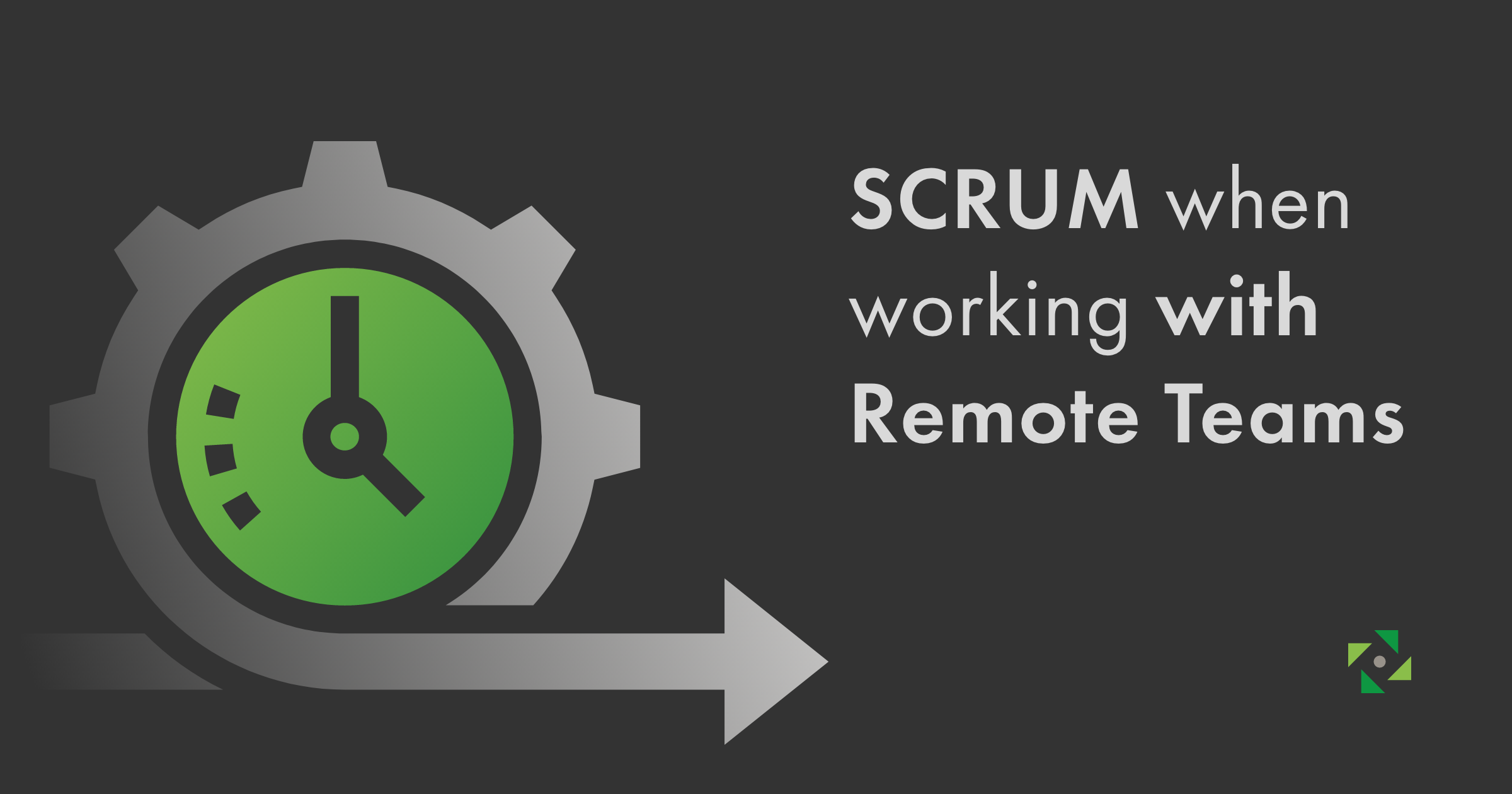As businesses are aggressively adopting new work approaches, especially remote working, agile practices have become more important than ever. The agile principles of continuous learning, collaboration, self-organization, and adaptability are highly effective for remote team productivity. Scrum, being one of Agile’s most implemented frameworks, can greatly help to structure and handle remote teams.
What is a Remote Scrum Team?
A remote scrum team, or also called a distributed team, is one that is running either fully or partially remotely. Such team operations are based on collaboration, trust, self-management, and other similar principles that encourage a focused and productive work environment. Rather than only local members, a Scrum-based remote team can have teammates from anywhere in the world, thereby increasing the overall skill set of the team.
How to Build a Successful Remote Scrum Team?
A successful remote Scrum team follows the key Scrum values: smooth communication, transparency, and continuous improvement. A remote Scrum team must ensure an effective plan that should contain the following elements:
- Methods for connecting team members for casual questions
- Collaboration tools to ensure smooth team communication
- Agreements related to meetings structure
- Defined way of communicating team members’ availability
When a remote Scrum team has an effective plan, it benefits from smooth remote operations with enhanced workflow quality. However, it also requires some checks to set up a truly effective remote Scrum team. For example, there should be a proper reality check of communication and transparency in the team, especially when it’s the beginning of remote operations. In addition, there should also be experiments on different exercises and activities that seem fruitful for remote workflow.
Some of the key characteristics that a successful remote Scrum team should possess include:
- Flexible Work Structure
When it comes to remote working, the first thought that often comes to mind is flexible working hours. But often remote team working brings an unstructured work environment. A flexible work structure in a remote Scrum team should have a clear view on delivery expectations, meetings flow (when meetings will take place and what outcomes are expected), and the right Agile tools.
- Build Transparency and Trust among the Scrum Team
When a remote team is in its initial stage, it is hard to develop transparency and trust among team members. Effective collaboration relies on trust and transparency. Therefore, the success of the remote Scrum team is achieved when a trustworthy environment is shared by team members, clients, and management.
- Ownership of Milestones
In a remote Scrum team, everyone must play their role and take ownership of their contribution. This encourages the environment of leadership, as every member conducts their assigned tasks considering themselves as leaders. Self-reliance, self-managing, and trust are the qualities that flourish in a successful remote Scrum team.
Remote Scrum Team Impact on Project Delivery
A Scrum-based remote team brings an environment of trust, collaboration, transparency, and self-reliance. The team starts with what it has and then methodically proceeds with product development. The focus is not on an instant perfect solution, but rather a work environment of gradual iterative improvement through team discussion and collaboration. It reduces the chances of major errors occurring and project delays. In short, the remote Scrum team provides a clearer estimate of project delivery that is more likely to be met without any prominent delays.



